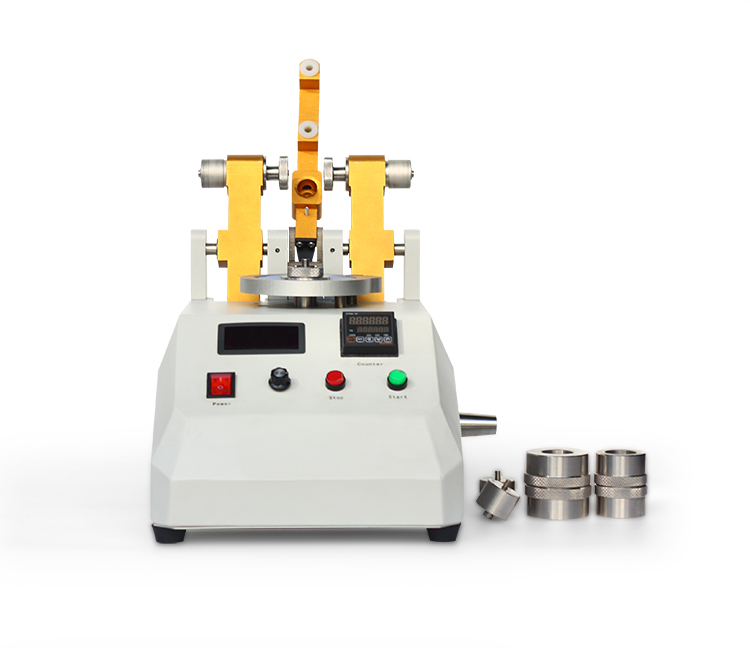
NewsInformation Center
What is a scratch tester?
2023/08/23
A scratch tester is a device used to evaluate the resistance of a material to scratching or abrasion. It is commonly used in various industries, including coatings, automotive, electronics, and materials research. The tester applies a controlled force to a test sample, typically using a stylus with a sharp or pointed tip, to create a scratch on the surface. The resulting scratch is then measured and analyzed to assess the material's scratch resistance, hardness, adhesion, and other properties.
Scratch testers can be categorized into different types based on their operating principles and measurement capabilities. Some common types include:
1. Constant Load Scratch Tester: This type of scratch tester applies a constant load on the stylus as it is driven across the surface of the sample. The load may be adjusted depending on the application and requirements. The applied load and the resulting scratch length or depth are used to evaluate the material's resistance to scratching.
2. Progressive Load Scratch Tester: In this type of scratch tester, the load applied to the stylus increases gradually as it moves across the sample surface. This allows for the measurement of critical loads, such as the load required to initiate or propagate a scratch. It provides more detailed information on the material's scratch behavior.
3. Reciprocating Scratch Tester: This tester operates by moving the stylus back and forth over the sample surface in a controlled reciprocating motion. This enables the evaluation of the material's response to repeated scratching or sliding contact.
4. Multi-Stylus Scratch Tester: This type of tester is equipped with multiple styluses of different geometries or properties. It allows for the simultaneous measurement of multiple scratches or the evaluation of different scratch mechanisms, such as grooving, rolling, or cutting.
Scratch testers can also have additional features and capabilities, such as in-situ imaging or video recording of the scratching process, automated testing and analysis software, and the ability to measure other parameters like friction, wear volume, and contact area.
The data obtained from a scratch test can be used for various purposes. It helps in the development and quality control of coatings, paints, and surface treatments by assessing their scratch resistance. It also aids in materials research by characterizing the mechanical properties of various materials and understanding their wear mechanisms. Additionally, scratch testing can be used to evaluate the durability and performance of products, such as electronic devices, automotive components, or even household appliances.
In conclusion, a scratch tester is a valuable tool for assessing the scratch resistance and other related properties of materials. By subjecting materials to controlled scratching forces, it helps researchers, engineers, and manufacturers in understanding material behavior, product design, and the overall performance of various objects and coatings.
Previous: Where can l order a Taber Abrasion tester at the best price?
N e x t : Do you know what is the UL 94 Standard of testing?




